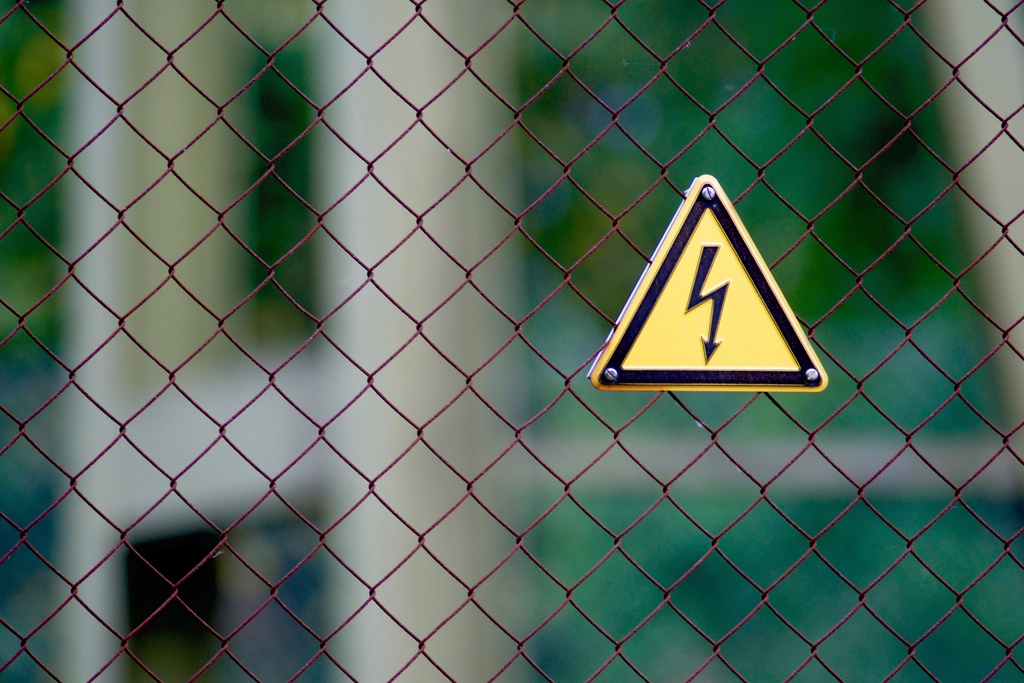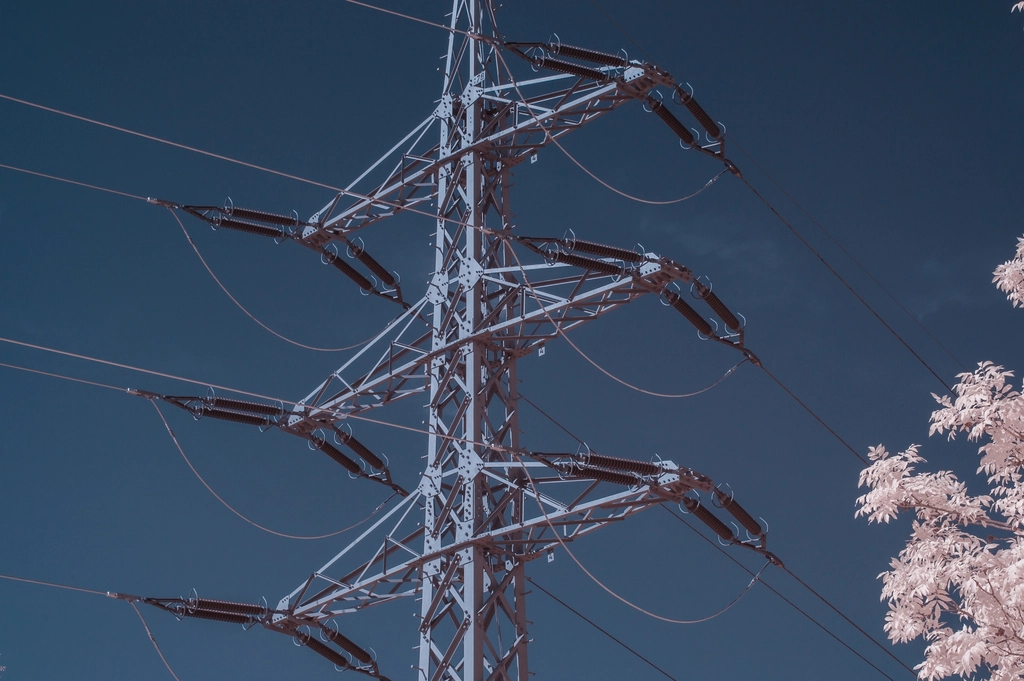Intro To Voltage Swell in Construction
Have you ever wondered what happens when there’s a sudden spike in voltage, and how it affects your construction site’s electronics?
That’s what we are unpacking in this blog post.
We’re dedicating today’s discussion to ‘voltage swell’ – a short-term surge in voltage that can cause havoc if not managed properly.
We’ll be defining its core concept, the standards and specifications it must abide by, and exploring its potential causes and impacts. Importantly, we’ll also be discussing ways to mitigate and regulate voltage swell.
Afterwards, we’ll look at “over voltage” – a potentially more sustained voltage spike condition. We’ll discuss common causes, impacts, and responses to over voltage conditions. Finally, we’ll thoroughly examine implementing preventive measures, identifying and diagnosing issues, and how we can resolve power supply issues related to voltage swells.
“Knowledge is power”, as they say – so, let’s power up our understanding!
Table of Contents
Understanding Voltage Swell in Construction
Definition of Voltage Swell
Core Concept
Voltage swell refers to a temporary increase in the RMS voltage level, usually lasting from a few milliseconds to a few seconds. This phenomenon typically occurs due to sudden reductions in load or switching off larger loads.
Electrical Standards and Specifications
IEEE 1159 Standard
The IEEE Std 1159 provides guidelines on voltage swells in power quality standards:
- A voltage swell is classified as a short-duration increase in the RMS voltage, ranging from 1.1 to 1.8 per-unit (pu) of the normal voltage.
- The duration of a voltage swell varies from 0.5 cycles to 1 minute.
Potential Causes of Voltage Swells
- Switching off heavy loads
- Faulted capacitor bank switching
- Sudden release or decrease in system load
Impact on Equipment
Voltage swells can have adverse effects on sensitive equipment and electronics by:
- Causing over-voltage stress on components
- Leading to potential data loss in sensitive electronic devices
- Affecting the lifespan of motors and other equipment due to excessive voltage
Mitigation and Regulation
| Method | Description |
|---|---|
| Surge Protectors | Devices that can absorb excess voltage and protect connected equipment. |
| Voltage Regulators | Helps maintain a stable voltage level by compensating for voltage swell. |
| Power Conditioners | Advanced systems designed to manage and mitigate voltage disturbances including swells. |
Importance of Monitoring
Continuous monitoring and analysis by using power quality analyzers can help identify voltage swell events and their sources. This data enables timely corrective action.
Clarifying Over Voltage in Circuits

Basics of Over Voltage
Principal Idea
Over voltage is a condition where the potential difference (voltage) across a component or within an electrical system exceeds its maximum allowable voltage or rated voltage. Unlike voltage swell, which is a temporary increase, over voltage can be a continuous or prolonged condition. It can cause a wide range of issues from transient surges to persistent voltage imbalances.
Common Causes of Over Voltage
Detailed Insights
- Electrical surges and spikes originating from the utility grid
- Lightning strikes inducing voltage surges in power lines
- Faulty components or incorrect setup in power regulation equipment
- An under loaded generator in a power system
Impacts of Over Voltage
Over voltage situations can have severe effects on electrical devices and equipment:
- Permanent damage due to component degradation, as components can fail or age prematurely
- Disrupted operation of delicate systems like computers or labs
- Increased energy costs due to inefficiencies
Reacting to Over Voltage Conditions
| Method | Description |
|---|---|
| Overvoltage Relays | A relay which operates when its system voltage increases above a predetermined value. |
| Surge Protection Devices (SPD) | These devices provide effective protection against electrical surges that could cause over voltage. |
| Electrical Maintenance | Proactive maintenance and periodic checks can help in early detection and prevention of over voltage conditions. |
Learn more about Over Voltage at Schneider Electric.
Pitfalls of Over Voltage and Voltage Swell
While both voltage swell and over voltage involve an increase in voltage, voltage swell is a temporary and short-term event, while over voltage may be a continuous or prolonged condition. Due to these distinct characteristics, the methods to mitigate these issues vary as discussed above. Notably, both can cause significant damage to sensitive electronic devices, hence emphasizing the need for protective measures.
How do you prevent voltage swell?
Detailed Preventive Measures
Load Management Strategies
Efficient load management is central to preventing voltage swells. Here are some key strategies:
- Gradual Load Switching: Instead of abruptly turning on or off substantial loads, gradually manage the switching processes to minimize sudden changes in the electrical supply. This approach helps reduce the risk of voltage swell.
- Balanced Load Distribution: Ensure that electrical loads are balanced across phases to prevent disproportionate voltage levels that can lead to swells.
Use of Advanced Protective Devices
Implementing advanced protective devices can significantly mitigate the risks associated with voltage swells:
| Device | Functionality |
|---|---|
| Uninterruptible Power Supply (UPS) | Provides a backup power source and can stabilize voltage to protect critical equipment. |
| Dynamic Voltage Restorer (DVR) | An advanced power electronic device that injects the correct amount of voltage and phase angle when it detects voltage sags or swells. |
Installation of Harmonic Filters
Harmonic filters can prevent voltage swell caused by harmonic distortions:
- Active Harmonic Filters: These filters actively adjust to changing loads and harmonic conditions to maintain voltage stability.
- Passive Harmonic Filters: These are simpler and cost-effective filters that can manage predefined harmonic conditions.
Ensuring Robust Power System Design
Reactive Power Compensation
Implementing reactive power compensation techniques can help maintain voltage levels within safe limits:
- Shunt Capacitors: These are used to improve power factor and stabilize voltage levels by compensating for reactive power.
- Static VAR Compensators (SVC): These are more advanced systems that dynamically adjust to the reactive power needs of the system and help maintain voltage stability.
Regular Maintenance and Upgrades
Routine maintenance and timely upgrades to the electrical infrastructure can prevent potential issues:
- Inspections: Regular inspections of electrical systems can identify weak points or potential sources of voltage swells.
- Component Upgrades: Upgrading aging or inadequate components can ensure the system can handle varying loads without voltage swells.
Fixing Voltage Swells in Electrical Systems

Identifying and Diagnosing Voltage Swells
Using Power Quality Analyzers
Power quality analyzers are essential for diagnosing voltage swells. These devices continuously monitor electrical systems to detect and record voltage fluctuations.
- Data Logging: Power quality analyzers log voltage data over time, helping to pinpoint the exact moments and causes of voltage swells.
- Event Triggering: They can be set to trigger on specific voltage thresholds, providing immediate alerts when a voltage swell occurs.
Monitoring Systems Integration
Integrating power quality monitoring with broader building management systems (BMS) enhances diagnosis and response.
- Centralized Monitoring: BMS can centralize data from multiple analyzers, offering a comprehensive view of power quality across all facilities.
- Predictive Analytics: These systems can use historical data to predict and preempt potential voltage swell events.
Cleaning Up Power Supply Issues
Improving overall power quality helps to mitigate voltage swells.
Improved Grounding Techniques
Proper grounding is essential for reducing voltage swells.
- Low-Resistance Grounding: Ensure that grounding resistance is kept low to maintain voltage stability.
- Regular Ground Testing: Conduct regular tests to confirm the integrity of grounding systems.
Installation of Voltage Stabilisers
Voltage stabilizers are another key tool in addressing voltage swells.
- Servo Voltage Stabilizers: These adjust voltage through electromechanical means for high precision.
- Static Voltage Stabilizers: These use electronic components to provide faster response times.
Implementing Advanced Technologies
Solid-State Relays (SSR)
Solid-state relays can provide faster response times compared to traditional electromechanical relays, aiding in the swift resolution of voltage swells.
- Higher Switching Speed: SSRs can switch on/off in microseconds, which is ideal for mitigating short-duration swells.
- Increased Durability: With no moving parts, SSRs have a longer lifespan and greater reliability, especially suited for continuous operation environments.
Smart Grid Solutions
Smart grid technologies incorporate advanced monitoring and automated response systems to deal with power quality issues like voltage swells.
- Automated Demand Response: Smart grids can automatically adjust demand in real-time to stabilize voltage levels.
- Real-Time Voltage Control: These systems can make real-time adjustments to voltage levels based on real-time data analysis.
Networking and Cross-Utility Collaborations
Collaborative Approaches
Working together with utility providers can ensure a more stable power supply and mitigate voltage swells.
- Utility Coordination: Frequent coordination with utility providers can help in scheduling maintenance and preventing load-related voltage issues.
- Service Agreements: Agreements with utilities to maintain minimum voltage standards can provide added security against swells.
Industry Best Practices
Adopting industry best practices ensures better preparedness and management of voltage swells.
- Customized Solutions: Tailoring solutions to specific needs of industry sectors enhances effectiveness.
- Regular Training: Ongoing training for personnel on the latest technologies and practices helps maintain resilience against voltage issues.
Understanding and Addressing Voltage Swells and Over Voltage
Both voltage swells and over voltage increase the voltage in a system, but they differ primarily in duration. Voltage swells are temporary—lasting milliseconds to seconds—usually due to load reductions or the switching off of larger loads.
On the other hand, over voltage is a persistent or continuous condition that can cause transient surges or persistent voltage imbalances.
Instances of these phenomena can cause extensive damage to sensitive electronic devices. With continuous monitoring using power quality analyzers, such events and their sources can be identified, allowing for corrective action. Mitigation strategies for both situations include using surge protectors, voltage regulators, and power conditioners.
Furthermore, maintaining a robust power system design and implementing advanced protection technologies can significantly reduce such risks.
Frequently Asked Questions – FAQs
What’s the primary difference between voltage swell and over voltage?
While both involve an increase in voltage, the key difference lies in duration. Voltage swells are temporary, usually lasting milliseconds to seconds due to sudden load reductions. In contrast, over voltage can be a continuous or prolonged condition due to situations like electrical surges or generator under-loading.
What kind of harm can voltage swells and over voltage cause to electrical systems?
Voltage swells and over voltage can cause extensive damage to sensitive electronic devices, impacting their overall lifespan and operation. Potential issues can range from over-voltage stress on components, data loss, operational disruption, to even permanent damage and increased energy costs.
How can we protect our systems from voltage swells and over voltage?
Preventive measures include efficient load management, use of advanced protective devices like Uninterruptible Power Supply (UPS) or Dynamic Voltage Restorer (DVR), reactive power compensation techniques, and regular maintenance. Additionally, innovative technologies like solid-state relays and smart grid solutions provide ways to effectively deal with these voltage issues in real-time.
How important is continuous monitoring in managing voltage swells and over voltage?
Continuous monitoring is crucial as it helps to identify voltage swell and over voltage events in real-time, allowing for immediate corrective action. This is usually done using power quality analyzers that can log voltage data over time and provide alerts for specific voltage thresholds.






